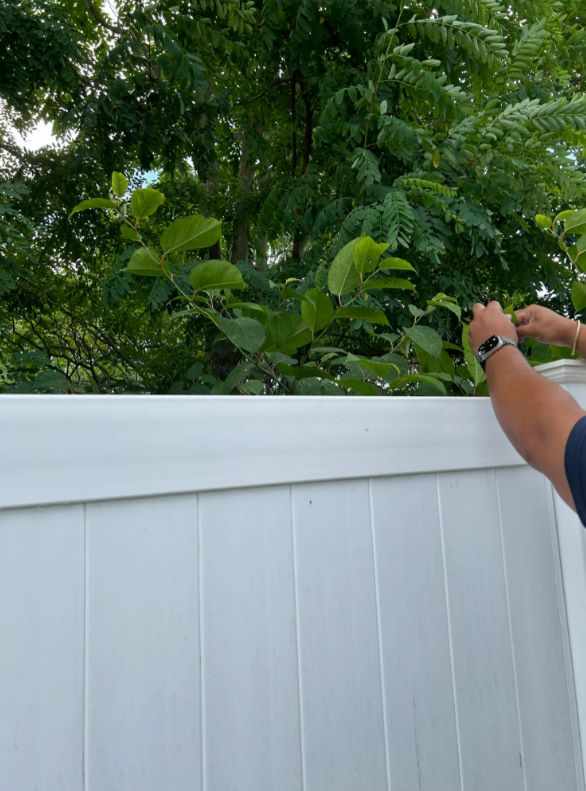One potential homebuyer in Massachusetts recently took to the r/landscaping subreddit for advice after coming across a concerning invasive plant species on a property they were already under contract to purchase.
"During today's home inspection, the inspector discovered Japanese knotweed around the property and in front of the neighbors garage," the poster wrote. "The property is next to a salt marsh. Is this a dealbreaker? I've read horror stories but not sure if they are exaggerated."

Horror stories about Japanese knotweed do indeed abound. Like many invasive plant species, Japanese knotweed was brought to the United States as an ornamental in the 1800s. However, outside of its natural environment, it became extremely difficult to contain.
"Japanese knotweed grows in dense stands and reaches incredible heights very quickly. This makes it almost impossible for herbivores to feed on or trample it to keep it under control," the National Park Service wrote. "Its roots are also incredibly hardy and the only way to permanently remove a stand of Japanese knotweed is to completely dig out and remove its rhizomes, a nearly impossible feat."
However, nearly impossible is not the same thing as impossible, and multiple commenters on the Reddit thread shared success stories — albeit hard-earned ones — about dealing with the dreaded knotweed.
"When it's tall, mow it. Spray it. Dig some. Let it grow more. Mow it. Spray it. Dig some. Let it grow more," one commenter wrote. "Rinse and repeat. 2 full seasons for the main patches and then another year of stragglers, but like no time dedicated to it."
Save $10,000 on solar panels without even sharing your phone number Want to go solar but not sure who to trust? EnergySage has your back with free and transparent quotes from fully vetted providers that can help you save as much as $10k on installation. To get started, just answer a few questions about your home — no phone number required. Within a day or two, EnergySage will email you the best local options for your needs, and their expert advisers can help you compare quotes and pick a winner. |
"We ended up hiring pros but they told us what they are doing — they spray it all when it just starts flowering in late summer with a triclopyr/glyphosate mix. They get to use a fire hose attached to a tank truck lol. It came back WAY later, smaller, and slower this season after just one application, and they are doing another this year," another wrote, though considering the environmental and health concerns around glyphosate — the key ingredient in Roundup — and the unconvincing results, this method is probably not the way to go even to control an invasive species.
Of course, any solution that requires spraying toxic chemicals in your yard is already not ideal, even more so when you're near a marsh or other body of water. Several other commenters came down on the dealbreaker side.
"All things being equal with another property you like just as well, knotweed would be a deal breaker for me," one wrote. "We had it along our property line and it was heading for the concrete foundation. It took multiple years of having it injected with some sort of hardcore pesticide every year by a licensed landscaping firm. We weren't allowed to DIY under local laws given the toxicity."
"Being next to a marsh, I'd call a professional that specializes in invasive species removal and conservation," another chimed in.
TCD Picks » Upway Spotlight
💡Upway makes it easy to find discounts of up to 60% on premium e-bike brands
Whenever you are planting new plants, it is always a good idea to do your research first and make sure you aren't letting something take root that will require years of hard work and/or tons of money to eradicate. Focusing instead on native plants will support local pollinators and the ecosystem — and make your life way easier in the long run.
Join our free newsletter for easy tips to save more and waste less, and don't miss this cool list of easy ways to help yourself while helping the planet.
!["All things being equal with another property you like just as well, [it] would be a deal breaker for me."](https://www-thecooldown-com-develop.go-vip.net/wp-content/uploads/2024/08/image-95.jpg?w=1920&h=800)







